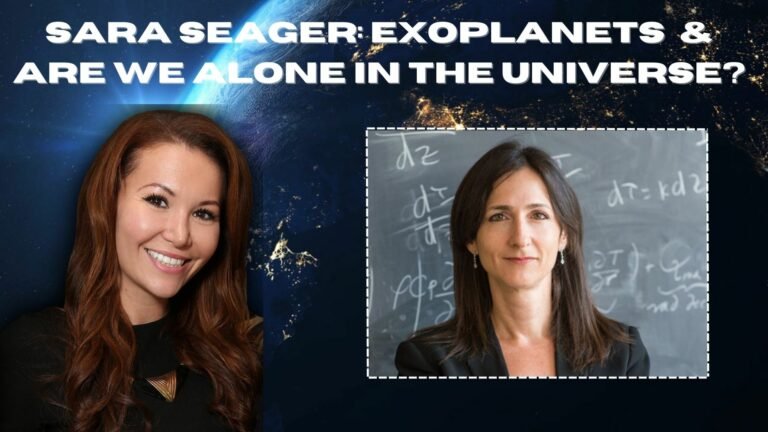In the latest episode of Rebelliously Curious, The Debrief’s intrepid host Chrissy Newton talks to MIT astrophysicist, planetary scientist, and exoplanet specialist Sara Seager.
The show starts with an amazing piece of time-lapse animation highlighting the discovery of planets outside of our solar system. With over 5,000 exoplanets spotted since 1995, the animation is nearly as impressive as the numerous lifetimes of science work and dedication it represents.
Once Newton is joined by Seager, she asks the fellow Canadian about the big risk she took jumping into exoplanet research as a graduate student and how that gamble has paid off “big time.” Seager also talks about the surprisingly apolitical environment of space research.
“I’ve testified to the U.S Congress two separate times,” she explains, “and both sides love it! So, in some ways, we’re lucky here.”
In the next part of the interview, Sara Seager jumps headfirst into the nuts and bolts of exoplanet research, including a few rather surprising facts. For instance, of the over 5,000 exoplanets confirmed to date, Seager says none perfectly mirror our solar system. “The theory of how planetary systems formed almost had to be thrown out of the window because we were finding types of planetary systems that no one expected,” she explains.
Next, Newton and Seager discuss several key questions about searching for a planet capable of supporting extraterrestrial life.
– What is the most common type of planet out there?
– How is exoplanetary science kind of like organizing a dirty closet?
– What it will take to directly image an exoplanet?
– How far away is that milestone?
– Is there life out there?
– Is Sara’s dog one of the dumbest creatures around, or actually a super genius?
– What are the markers of life we are looking for?
– Why this is such an exciting time in astronomy?
– Would Sara consider joining Avi Loeb’s Galileo Project?
– When will Sara’s team use James Webb to scan the atmosphere of Trappist-1e?
– What will they look for?
– Is there really a planet made from cotton candy?
– What is Sara doing to confirm the potential chemical signs of extraterrestrial life in the clouds of Venus?
All in all, Seager’s knowledge of the subject makes for a fun and informative interview. So, if you have a rebellious curiosity about exoplanets and the search for life outside of Earth, and you don’t have the time to spend the next 30 years studying them as Sara has, it is worth the 30 minutes to hear her explain the main points. The thing about her dog potentially being a genius is a good point as well.
Follow and connect with author Christopher Plain on Twitter: @plain_fiction

